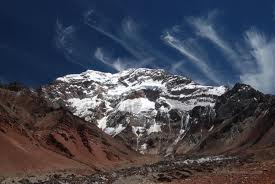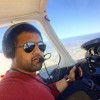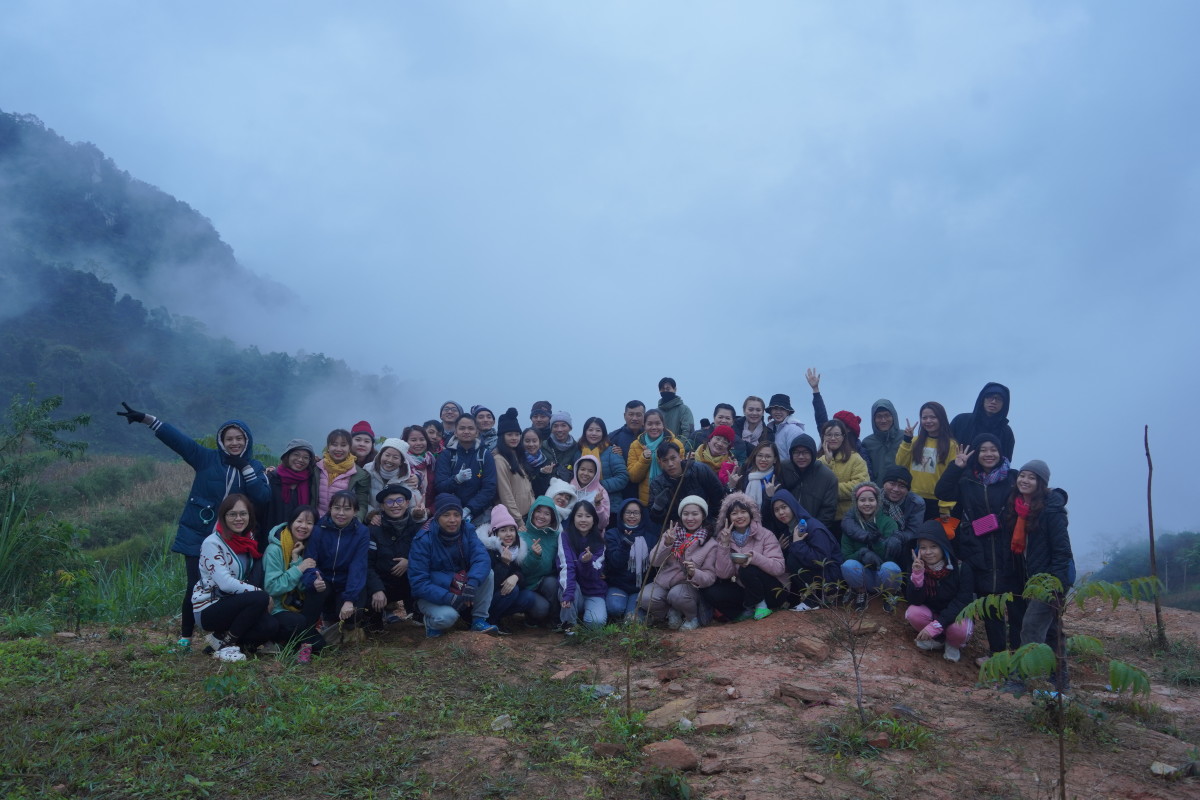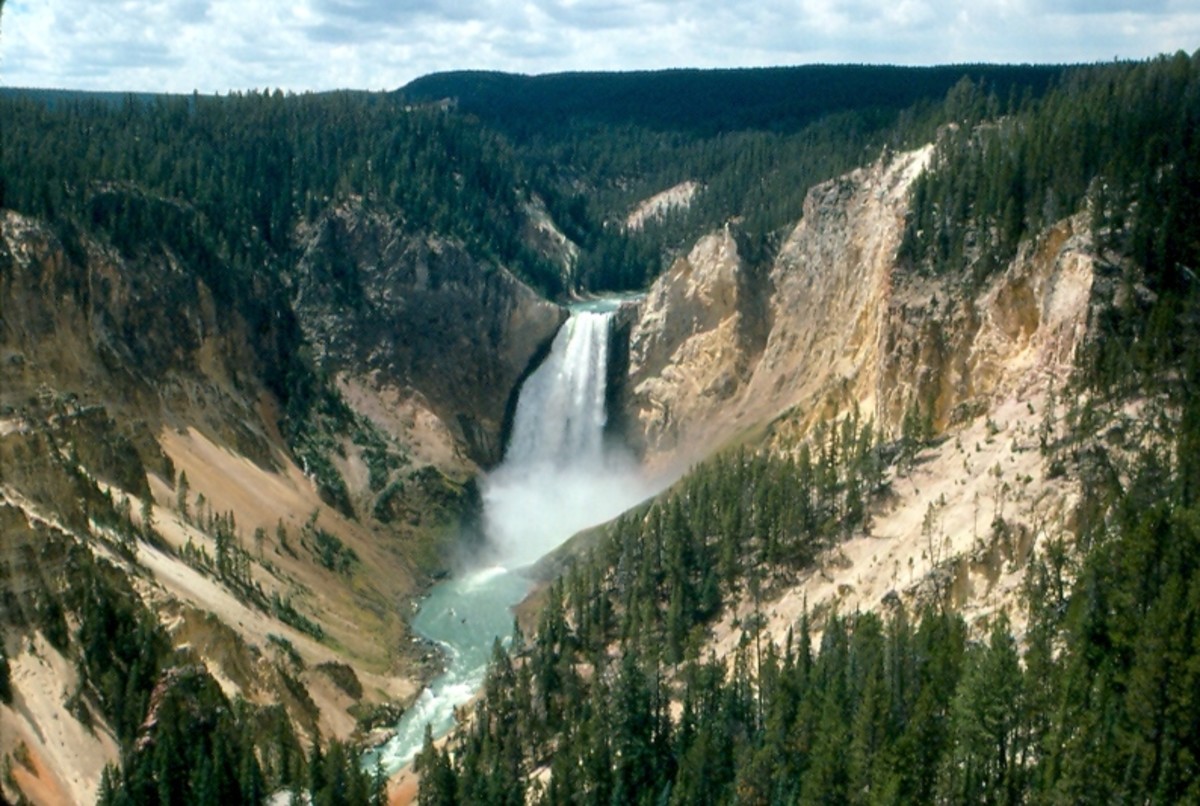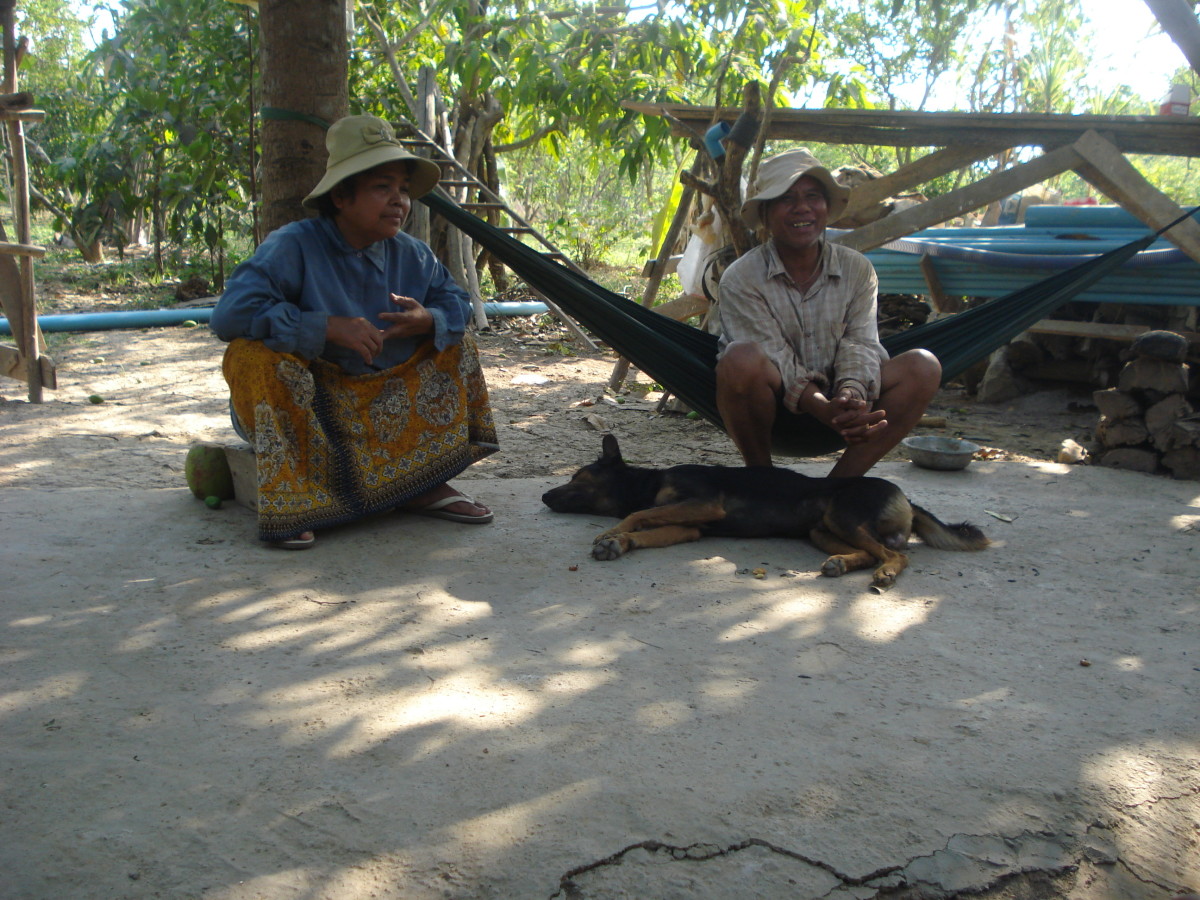The Seven Summits
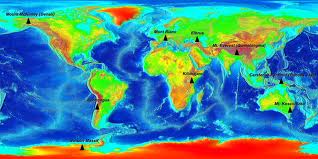
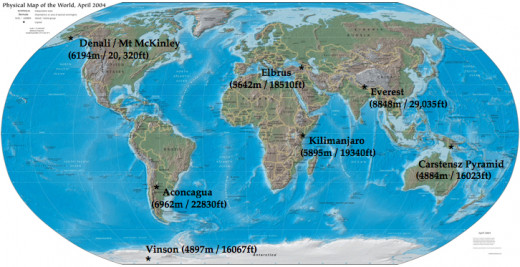
Introduction: Bass's and Messner's lists of the Seven Summits
The 'seven summits' is the collective name given to the list of the 7 highest mountains on the 7 continents of the world. The term was first coined by mountaineer, Richard Bass in 1985.
The list of the seven summits differs slightly based on which mountaineer one believes - for example while Richard Bass's list acknowledges Mount Kosciuszko as the highest mountain in Australia, Reinhold Messner believes the accolade should be given to Puncak Jaya (in Papua New Guinea which is geographically part of the Australia-New Guinea continental system).
Australia - New Guinea
The highest peak in Australia is Mt Kosciuszko - in the Australian Alps in the state of New South Wales. From base to summit, the mountain measures 2,228 metres above sea-level.
However, the Australian continent also includes the island of New Guinea and taking this into account, the highest mountain on the Australia-New Guinea system would be Puncak Jaya (also known as Carstenz Pyramid) which stands at 4,884 m. It must be noted though that although Puncak Jaya is politically in Indonesia (in the West Papuan central highlands) the island of New Guinea is part of the Australian continental shelf and hence the mountain is never classified as an Asian summit.
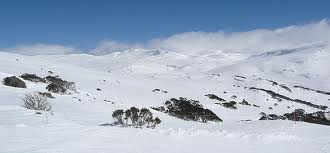
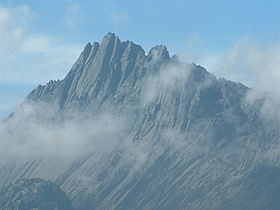
Europe
Mont Blanc at the border of France and Italy has long been generally accepted as the tallest peak in Europe. Standing at 4,810 metres high, it is situated in the Graian Alps and houses the 11 km long Mont Blanc tunnel which links Chamonix, France and Courmayeur, Italy.
However, geologists and mountaineers have increasingly been suggesting that the accolade of Europe's tallest mountain should be given to Mt Elbrus in the Caucasus mountains along the border of Europe and Asia. Specifically, Mt Elbrus has an altitude of roughly 5,642 metres and is located in Russia near its border with Georgia. The claim that Mt Elbrus is Europe's highest peak is disputed due to the border between Europe and Asia not being universally agreed upon - Mount Elbrus will lie in Asia if the Kuma-Manych depression's believed to be the continental divide between Asia and Europe else it would be accepted as a mountain lying in Europe.
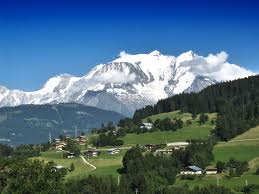
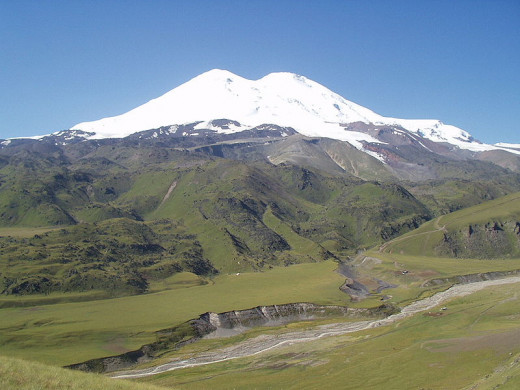
Antarctica
The highest mountain in Antarctica is Vinson Massif (named in as recently as 2006 after Carl Vinson). The massif's peak caps out at 4,892 metres MSL.
Situated in the Ellsworth mountains in the Antarctic peninsula, it is situated roughly 1,200 km from the South Pole at a latitude of around 78 degrees south and a longitude of 85 degrees west.
Since no country claims or has any rights to set up official sovereignty over Antarctica, access to Vinson Massif (like any other region in the continent) is controlled and governed by the Antarctic treaty.
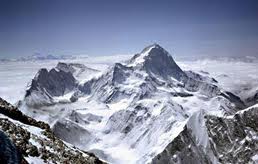
Africa
The undisputed title of Africa's highest peak goes to Mt Kilimanjaro. Kilimanjaro's actually a dormant volcono (consisting of 3 cones - Kibo, Mawenzi, Shira) with the summit of Kibo (known as Uhuru) having an elevation of 5,895 metres.
Mount Kilimanjaro is also known to be the world's highest free-standing mountain i.e. it is in no way part of any system of mountain peaks like most other major summits while the peak of Uhuru at Kibo is the 4th furthest from the centre of the Earth.
It is situated in northern Tanzania along the border with Kenya and recently was listed by some organization as one of the 7 natural wonders of the world.
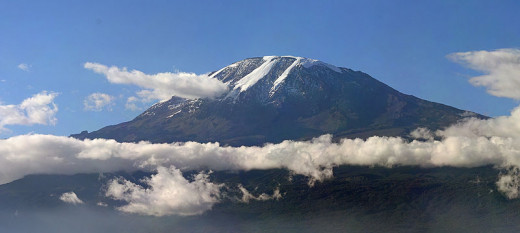
Asia
The tallest of the 7 summits (and the tallest mountain in the world), Mt Everest stands at a stratospheric 8,848 metres MSL.
Situated in north-eastern Nepal along the border with China (Tibet) (which actually runs through the precise summit of Everest), it is located in the Mahalangur section of the Himalayas and is its peak is the 5th furthest from the Earth's core.
Mount Everest was named so in 1865 by Andrew Waugh, Surveyor-General of British India in honor of his predecessor, Sir George Everest and the first successful ascent of the summit was completed on May 29 1953 by New Zealander Sir Edmund Hillary and his Nepalese guide, Tenzing Norgay.
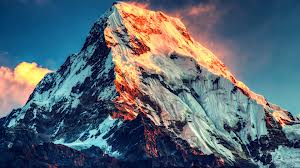
North America
Located in the Alaskan Range in Alaska, USA and at an altitude of 6,194 m, North America's highest peak is Mount McKinley (also known as Denali in a local Inuit dialect which translates to, 'The High One').
Mount McKinley is generally ranked 3rd in terms of topographical prominence after Everest and Aconcagua and is the centerpiece of the Denali National Park which surrounds it.
Apart from Vinson Massif, Mount McKinley is the only other peak out of the 7 summits which is located within or almost near Earth's arctic periphery as the other 5 peaks are located within way more temperate or tropical latitudes. Many mountaineers also rank McKinley as one of the easier mountains to ascend out of the 7 summits.
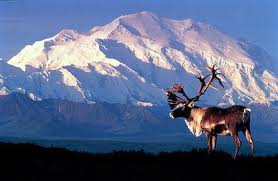
South America
Last (but definitely not the least), the tallest mountain in South America (and as such also the tallest mountain in the Americas and the Southern and Western Hemisphere) is Aconcagua, in the Andes mountains in Argentina, near its border with Chile. Aconcagua stands at a mighty 6,960 m high and is the 2nd tallest of the 7 summits (after Mt Everest).
Unlike most of the other peaks on this list, Aconcagua's actually situated in a generally populated area of the world - the closest city being Mendoza, Argentina (home to the world-famous malbec wine-producing region). Mendoza's only located 112 km east of the mountain and its climb (especially from the north) is considered to be technically the easiest of the seven summits (as documented by experienced mountaineers, some of whom have successfully ascended Aconcagua without any ropes or pins). Despite lack of proper records, Aconcagua provides climbers a 50% success rate in general
Like the Andes, Aconcagua's geologically a mountain which was probably formed due to the subduction of the Nazca plate under the South American plate and since then has enjoyed spiritual significance in native South American folklore.
